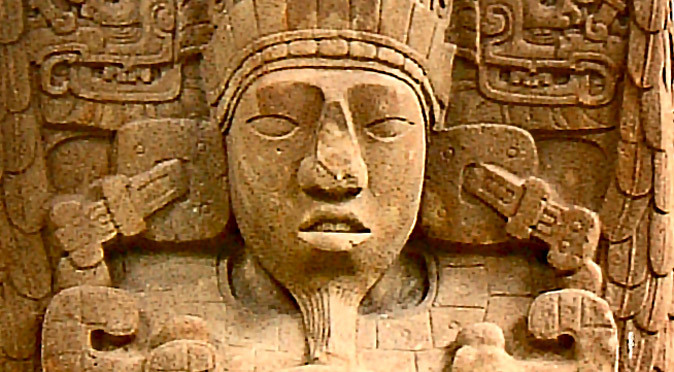
Is This the Face of the Pharoah of Quirigua?
Quirigua’s most prestigious ruler’s image can be seen on the majority of the amazing monuments found at the site and there’s something curiously Egyptian about him…

Quirigua’s most prestigious ruler’s image can be seen on the majority of the amazing monuments found at the site and there’s something curiously Egyptian about him…
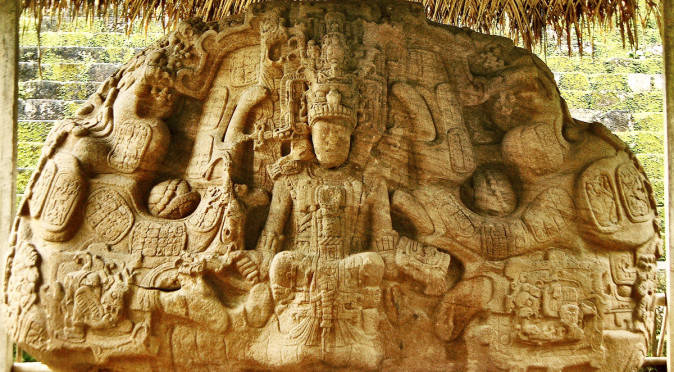
Weighing as much as 20 tuns and encoded with mystery, the zoomorphs of Quirigua are amongst the most profound and amazing pieces of art ever produced by the Maya.
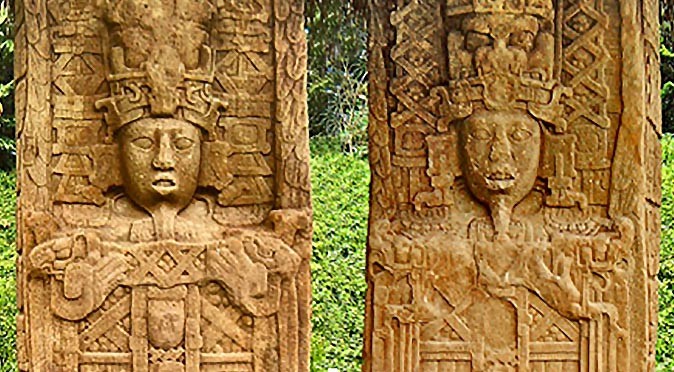
Stela C features a very important text describing the founding of the universe in 3114BC. In it, three stones are placed to create a new home for mankind…
The stelae at Quirigua are an outstanding example of Mayan art and include Stela E which is the largest monolithic monument ever erected in Mesoamerica.
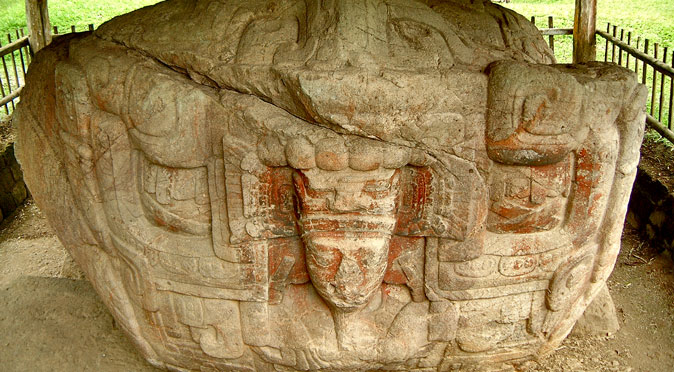
For much of its history, Quirigua was little more than a trading outpost, designed to control trade along the Motagua River, but then Cauac Sky came to power…
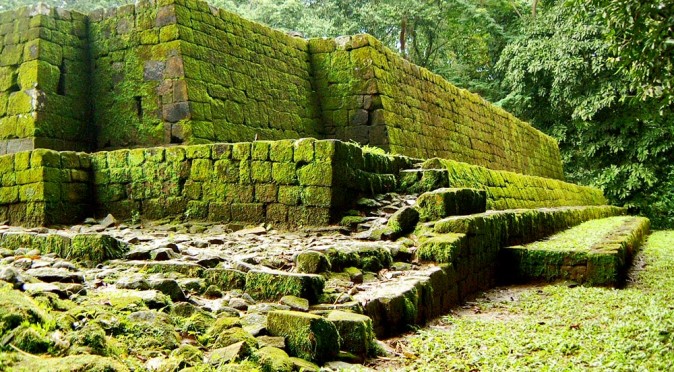
The Acropolis at Quirigua may be small, but it lies at the heart of Quirigua’s development from a small trading outpost to a powerful independent city that ended up living in fear…
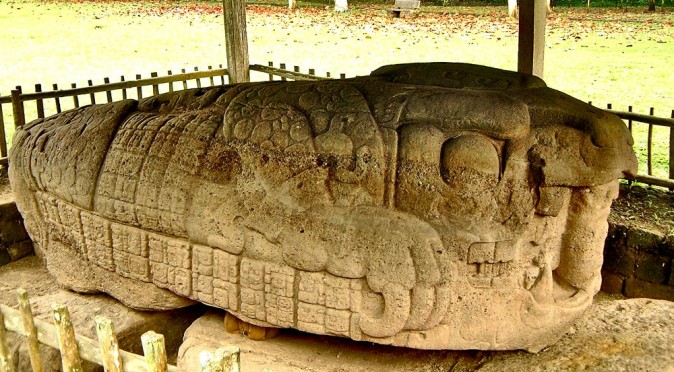
The beastly Zoomorph G (Monument 7) is dedicated to Quiriguá’s greatest ruler, Cauac Sky (K’ak’ Tiliw Chan Yopaat) who reigned for over 60 years…
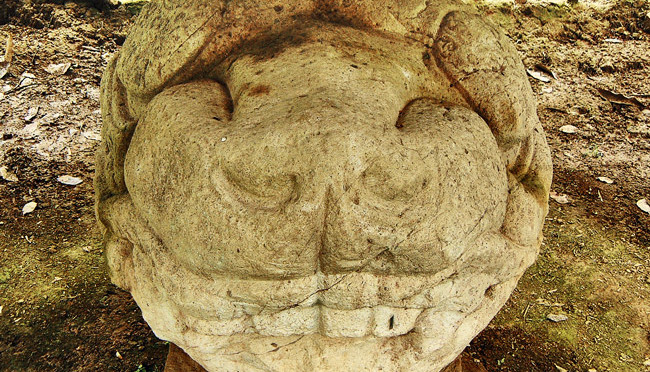
Feline-faced Monument 13, also known as Altar M, curiously marks the beginning of Quiriguá’s battle for independence thanks to the inclusion of a brand new emblem…
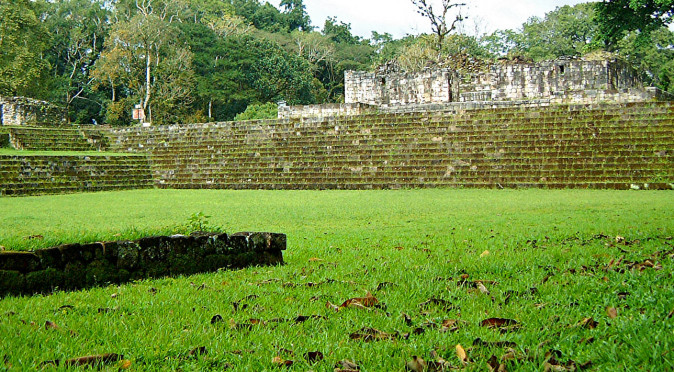
Quirigua was little more than a trading outpost until a ruler named Cauak Sky claimed independence and built some of the most amazing monuments ever built by the Maya.
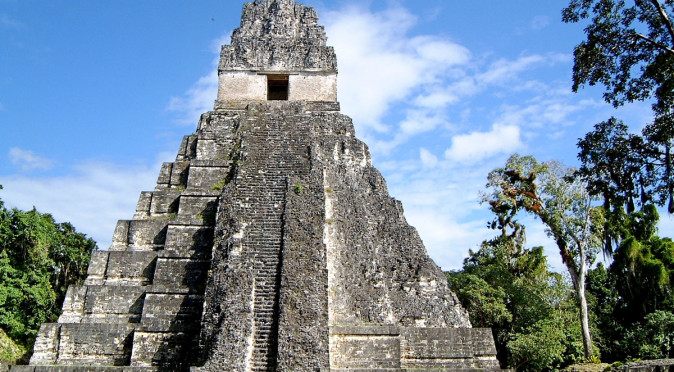
Tikal was the most powerful city in the Mayan territories during the Classic Period, but its monuments might suggest that Teotihuacan was inspiration and power behind its success…
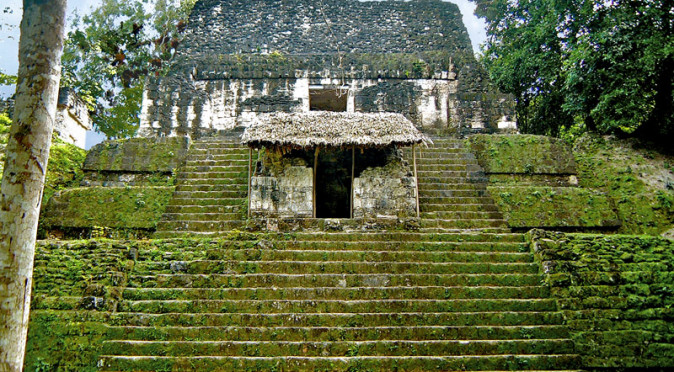
The Temple of Skulls takes its name from three stucco skulls which were added, along with a curious niche, in the early 8th century…
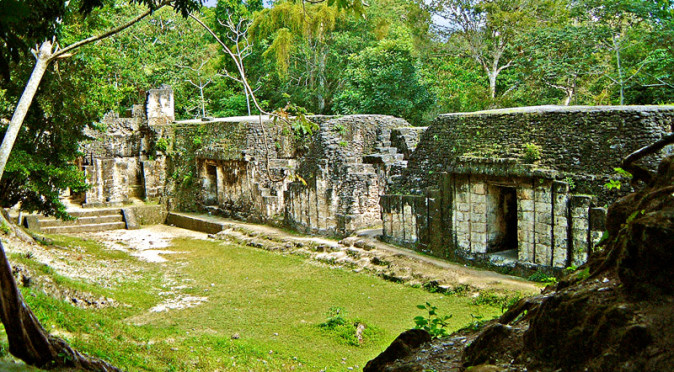
Tikal Group G is known as the Acanaladuras Palace because of its unusual pseudo-column façade and dates to the reign of Jasaw Chan K’awiil, c.734AD.
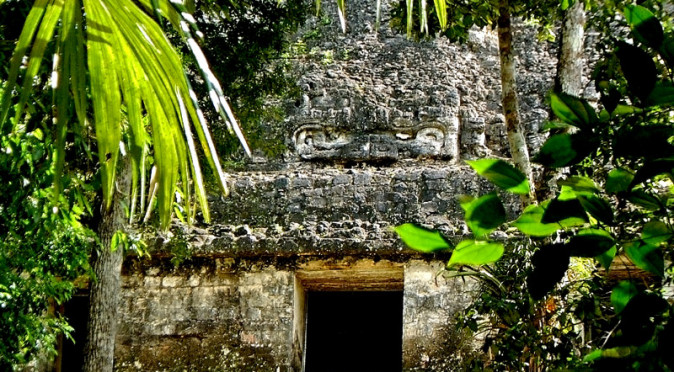
Templo VI is known as the Temple of Inscriptions because of a series of events listed on its roof comb, dating back to 1143BC…
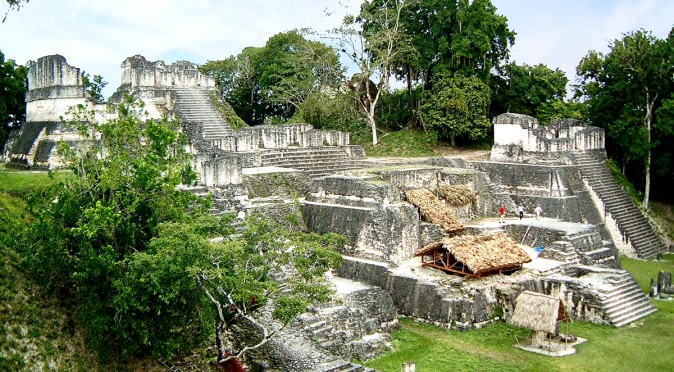
Temple 5D-33 was controversially ripped down in the ’60s, but revealed an early structure that may link it to Teotihuacan…
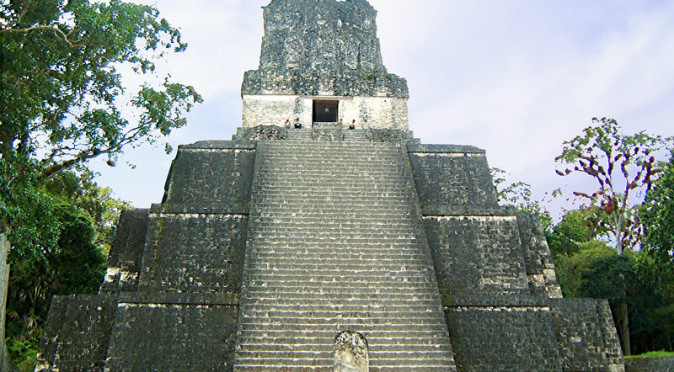
Templo II is known as the Temple of the Masks due to a pair of masks which flank the stairway, but it is actually a mausoleum for King Jasaw Chan K’awiil I’s wife.
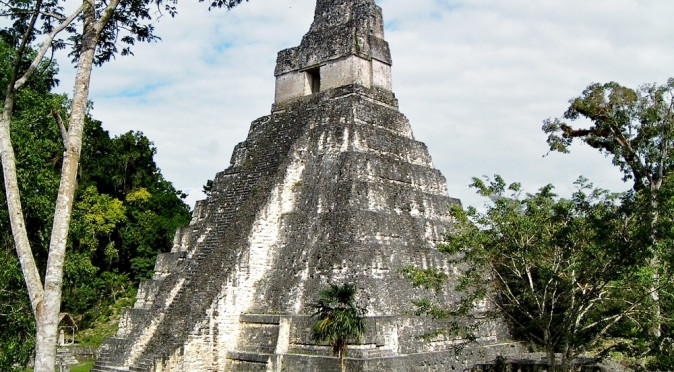
Templo I is the resting place of one of Tikal’s greatest rulers,Jasaw Chan K’awiil I, who defeated their arch-rivals, Calakmul, and brought Tikal back to prominence…
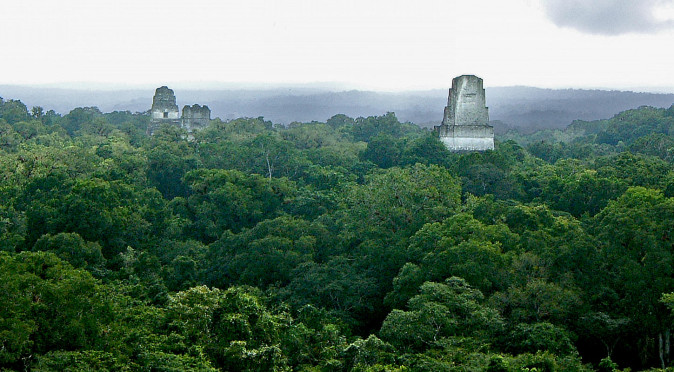
Hidden in the rainforests of Guatemala, Tikal was once at the heart of the Mayan Civilisation. Today it is a magical destination for both its natural environment and amazing ruins.
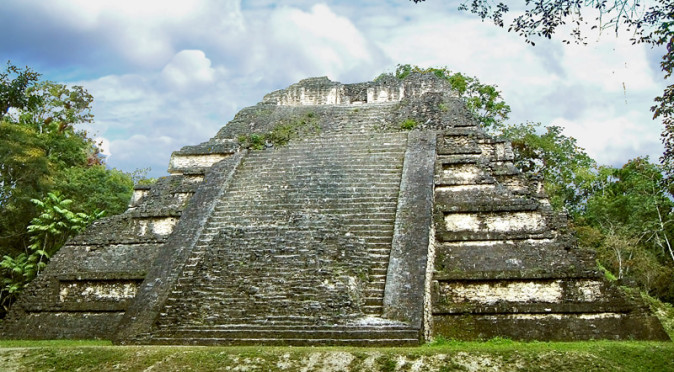
Structure 5D-47 stands out due to its talud-tablero style of construction – a style that belongs at Teotihuacan, 1000 miles away…